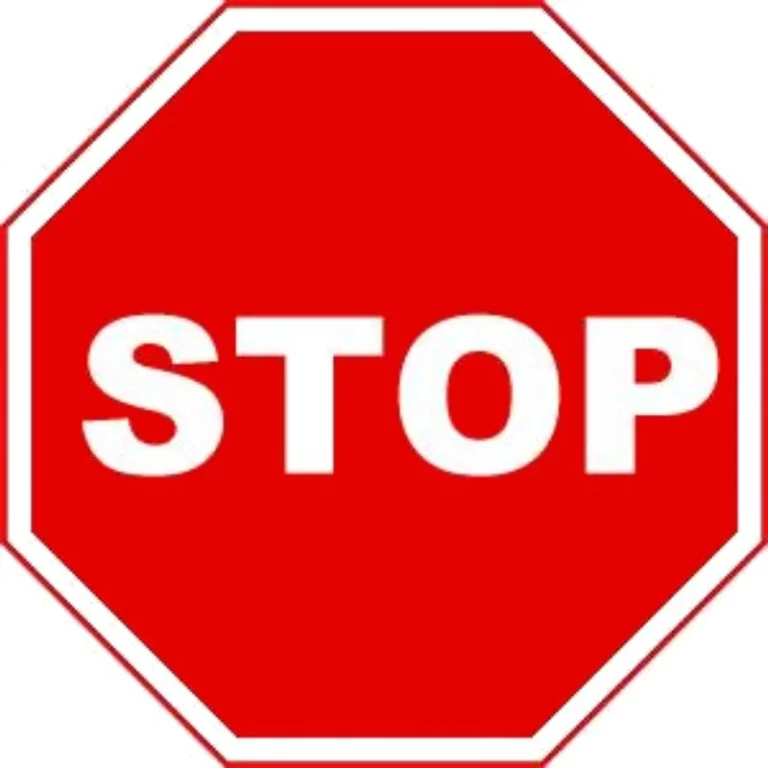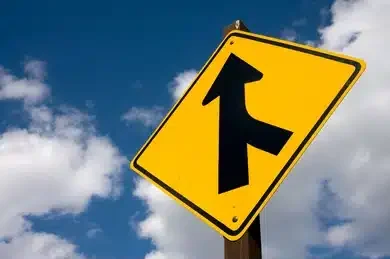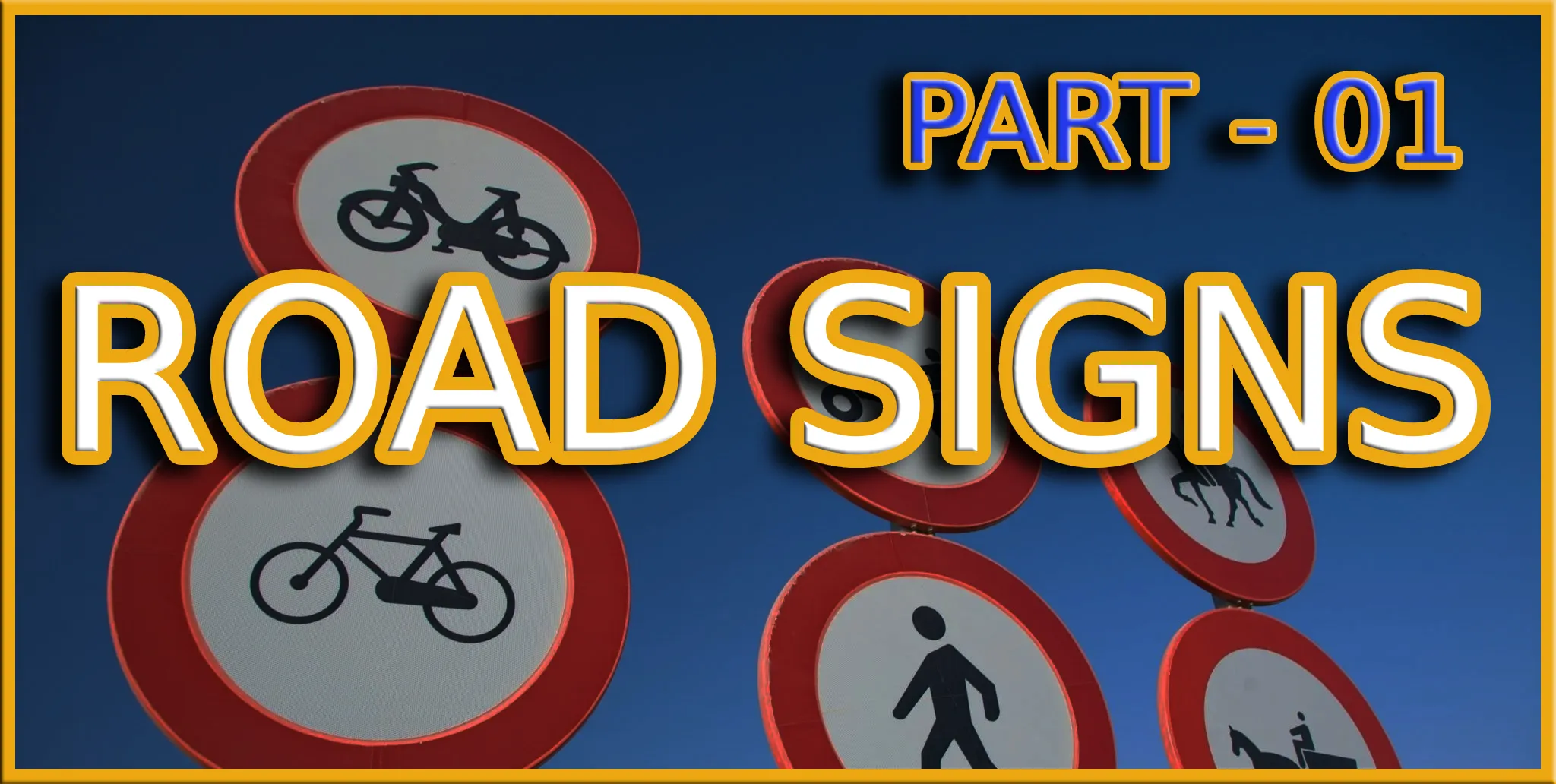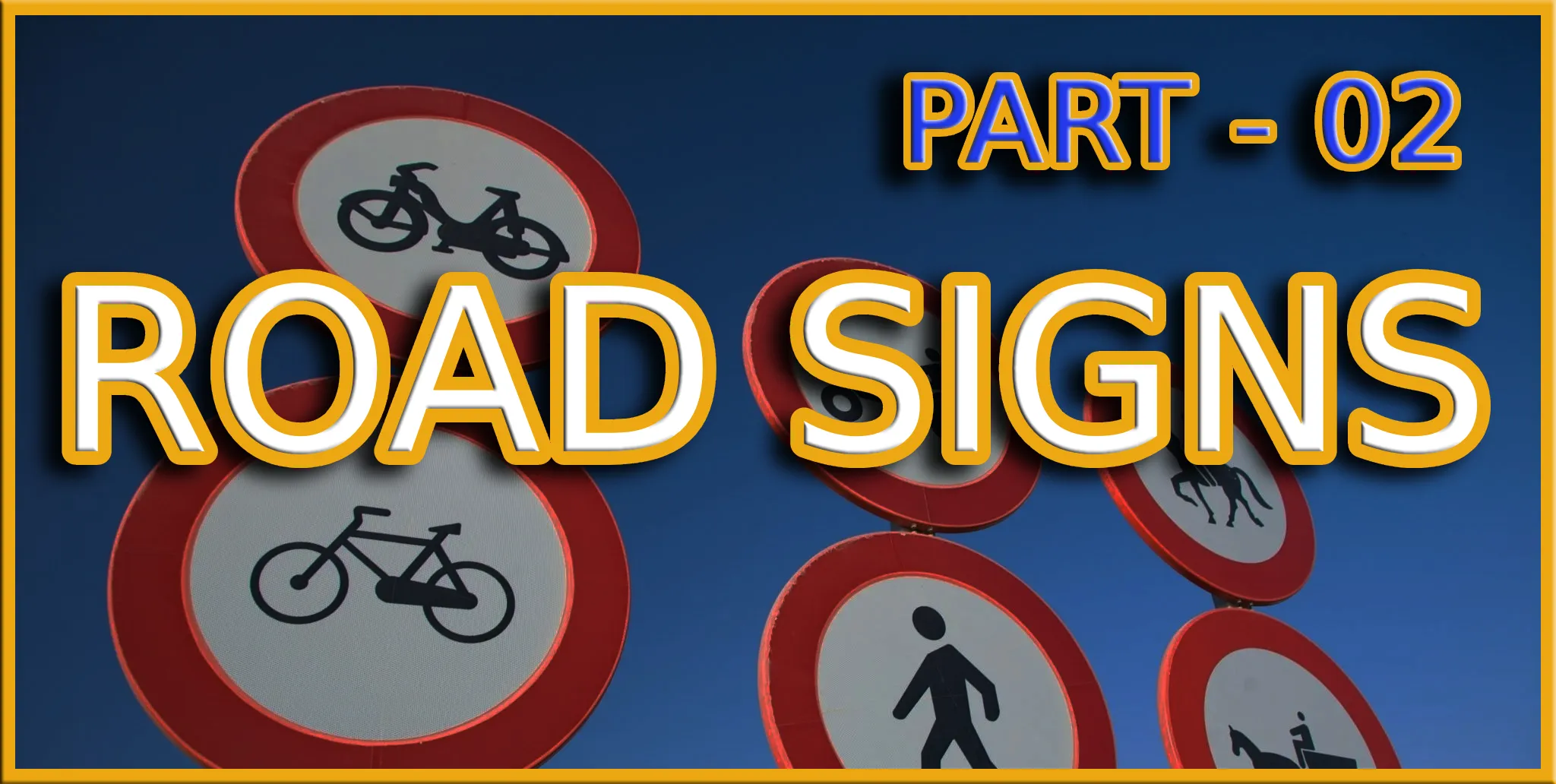Four-Way Stop Sign

What Does Four-Way Stop Sign Mean?
A “Four-Way Stop” sign is a regulatory traffic sign designed to indicate that all approaching traffic at an intersection must come to a complete stop and yield the right-of-way to other vehicles according to specific rules.
Characteristics:
- Shape: Typically rectangular with a red background and white text.
- Symbol: The words “STOP” in white letters.
- Placement: Positioned at each approach to an intersection where all four directions of traffic must stop.
Purpose:
- To ensure that all vehicles at the intersection come to a complete stop and then proceed according to the right-of-way rules.
- To regulate traffic flow and reduce the risk of accidents by clearly marking the need for stops at all directions.
- To enhance overall safety by preventing confusion and potential collisions at intersections.
Remember:
- This sign indicates that you must come to a complete stop at the intersection, regardless of which direction you are coming from.
- Yield to vehicles that arrive before you or are already in the intersection.
- Proceed through the intersection only when it is safe and clear of other traffic.












